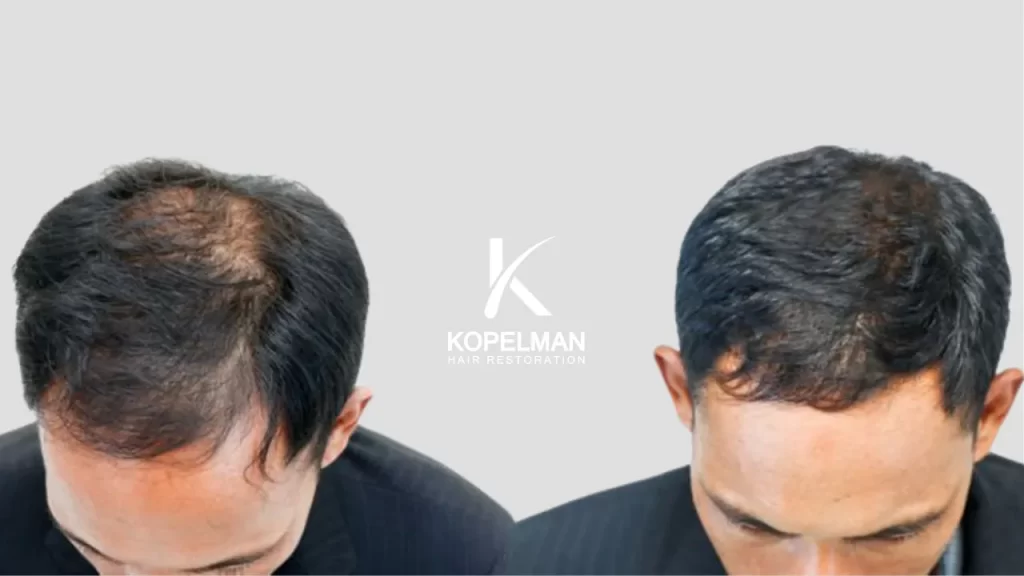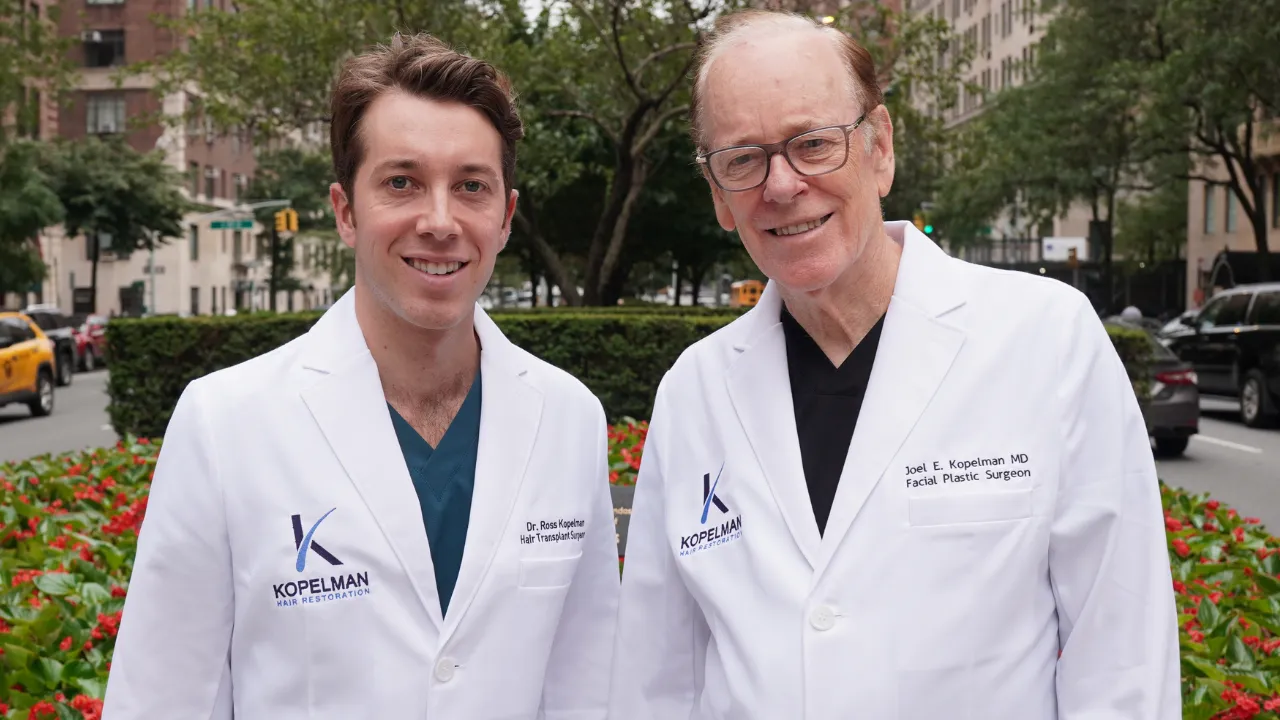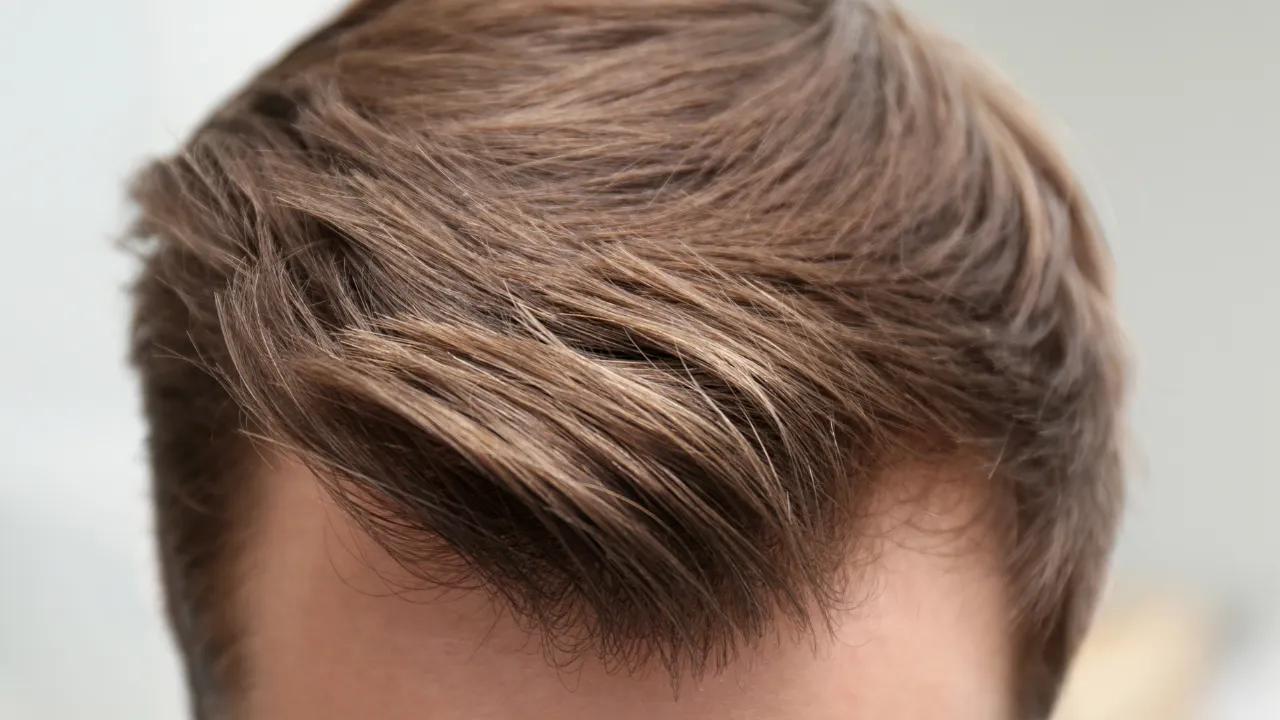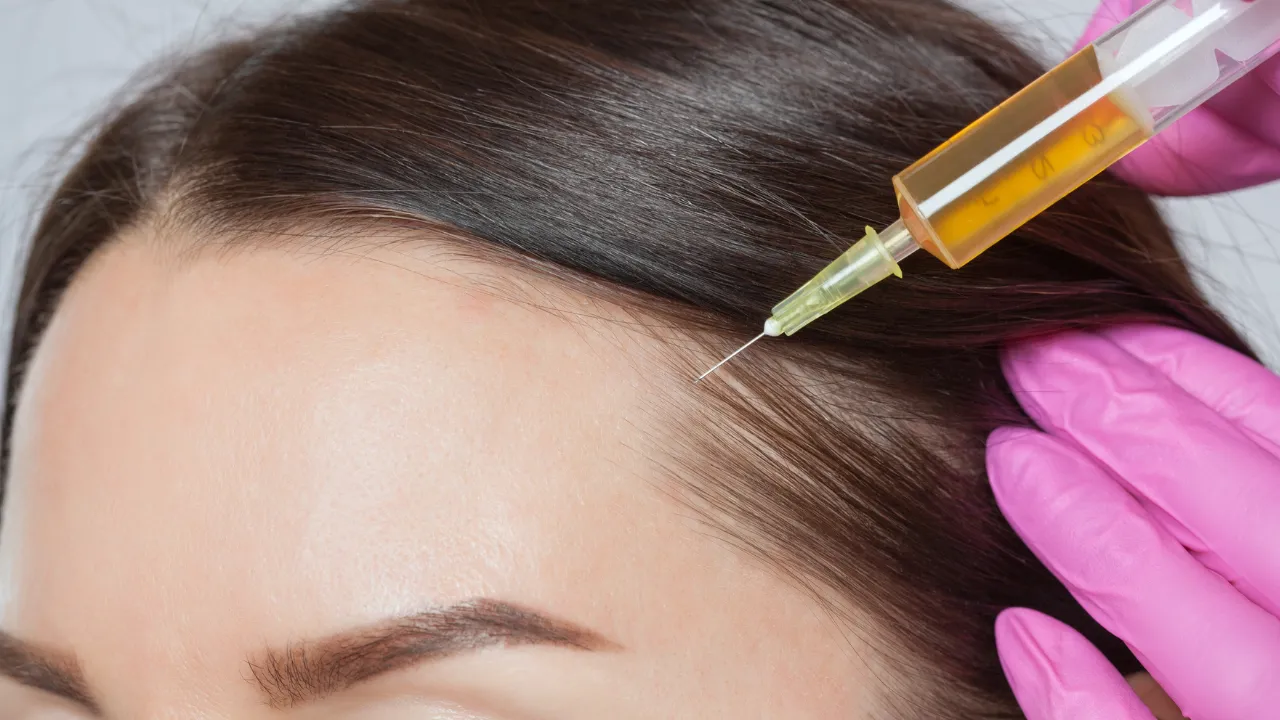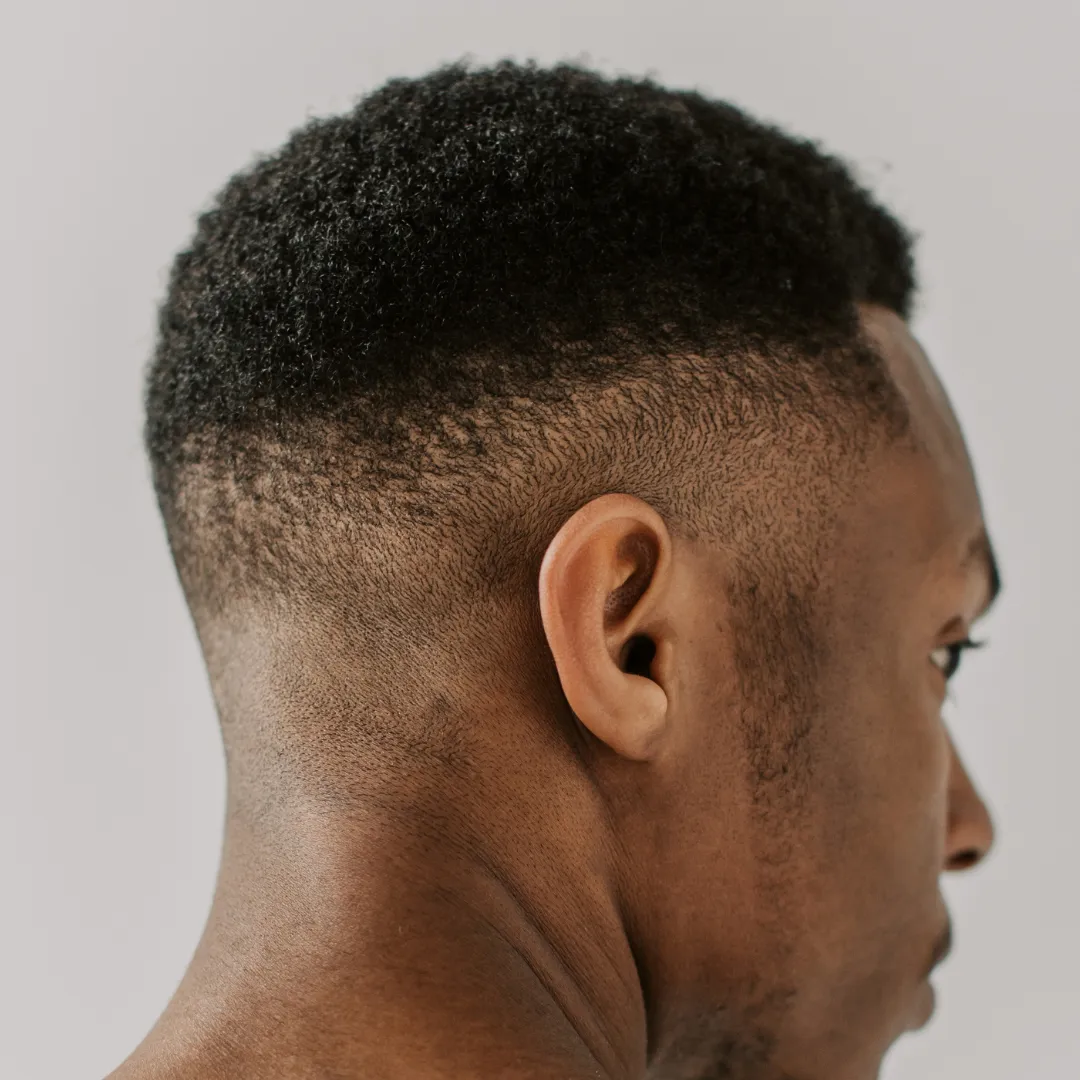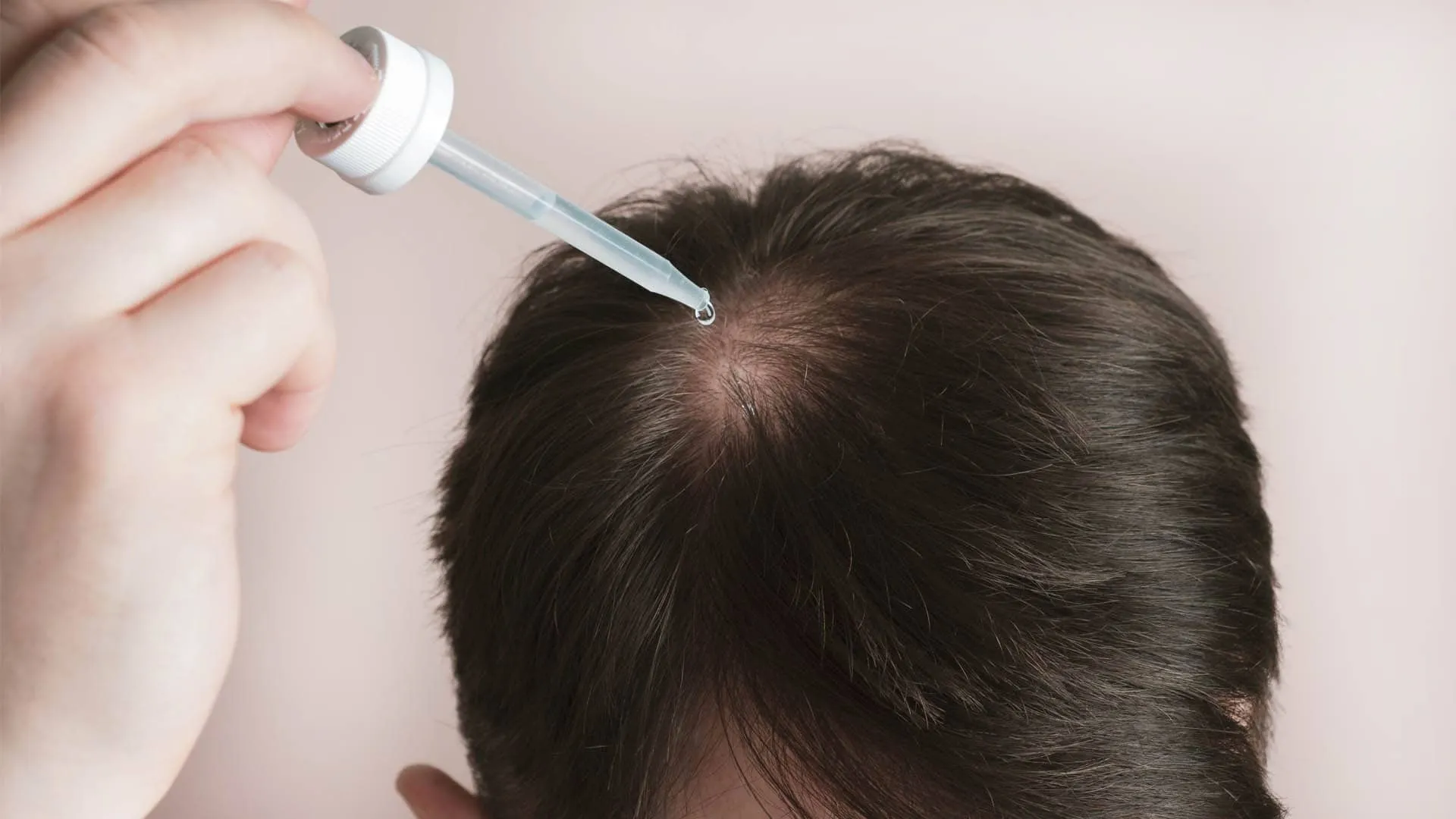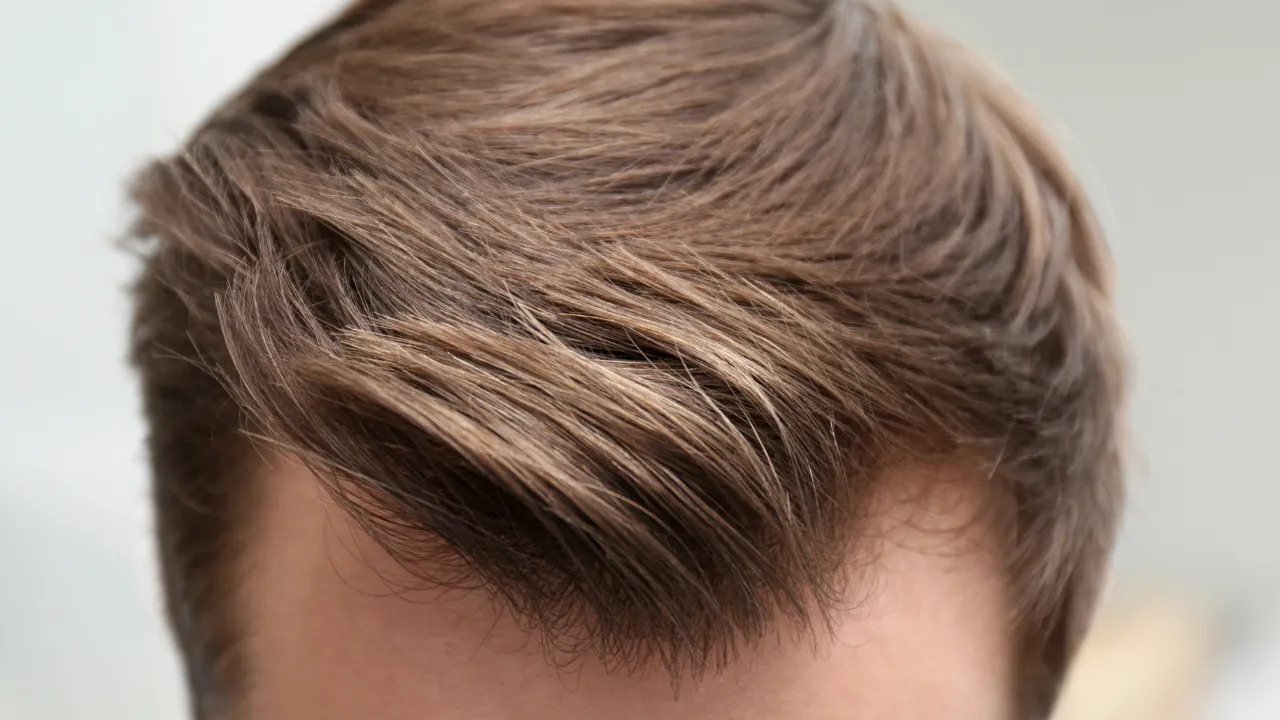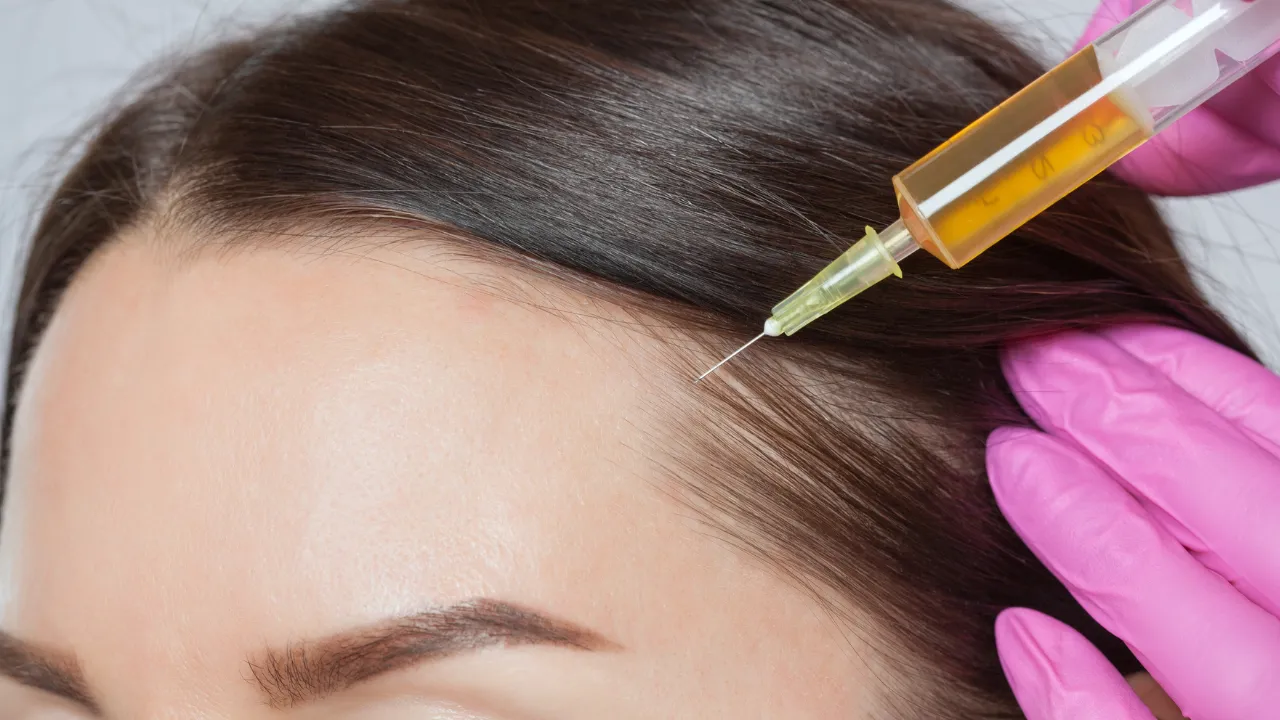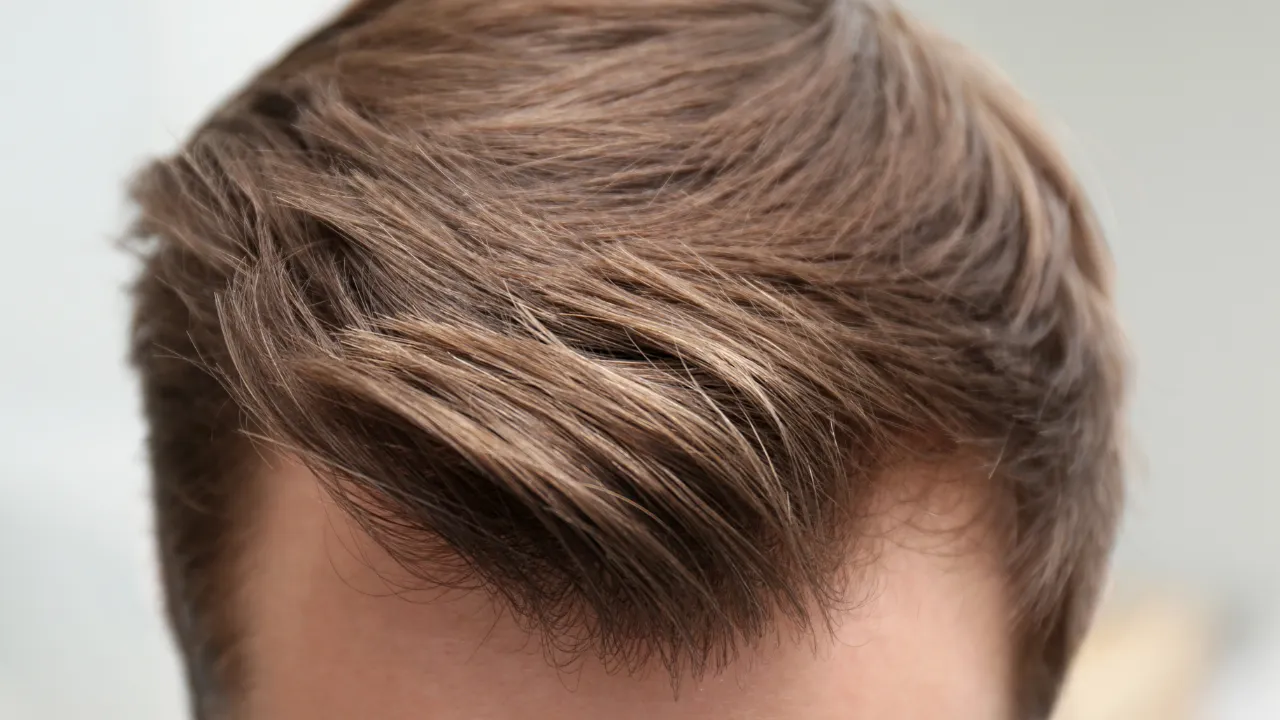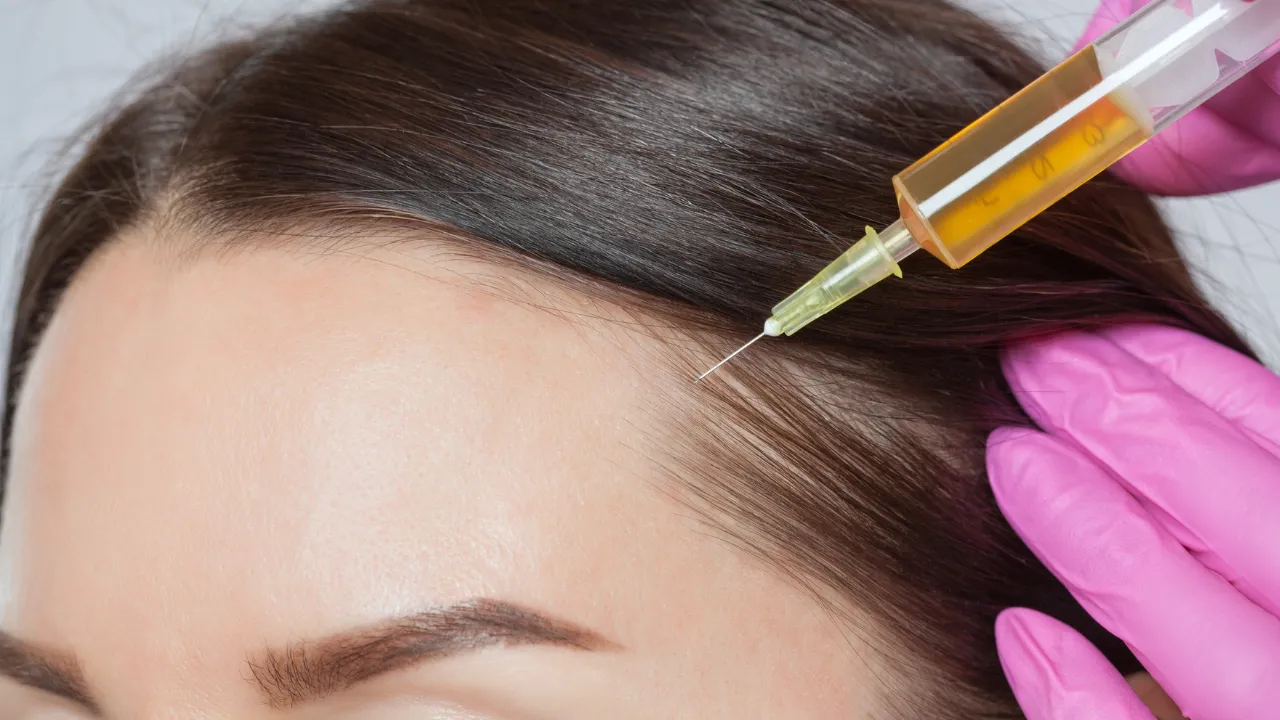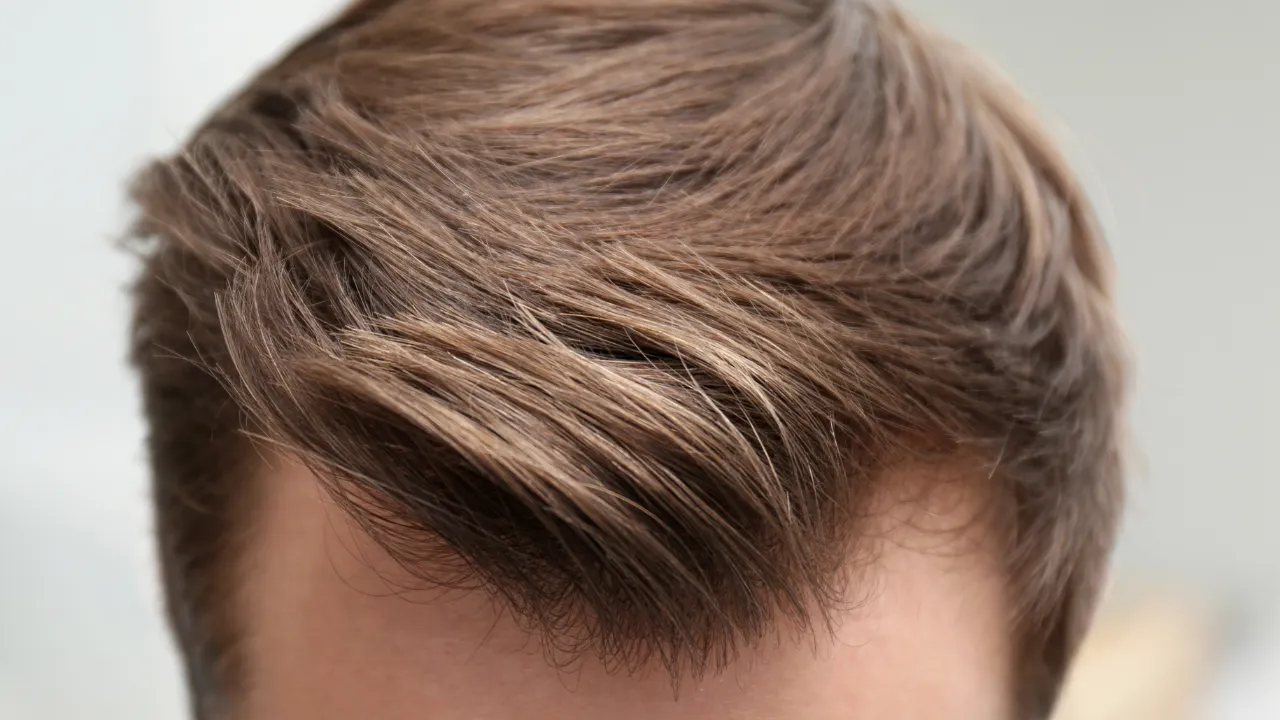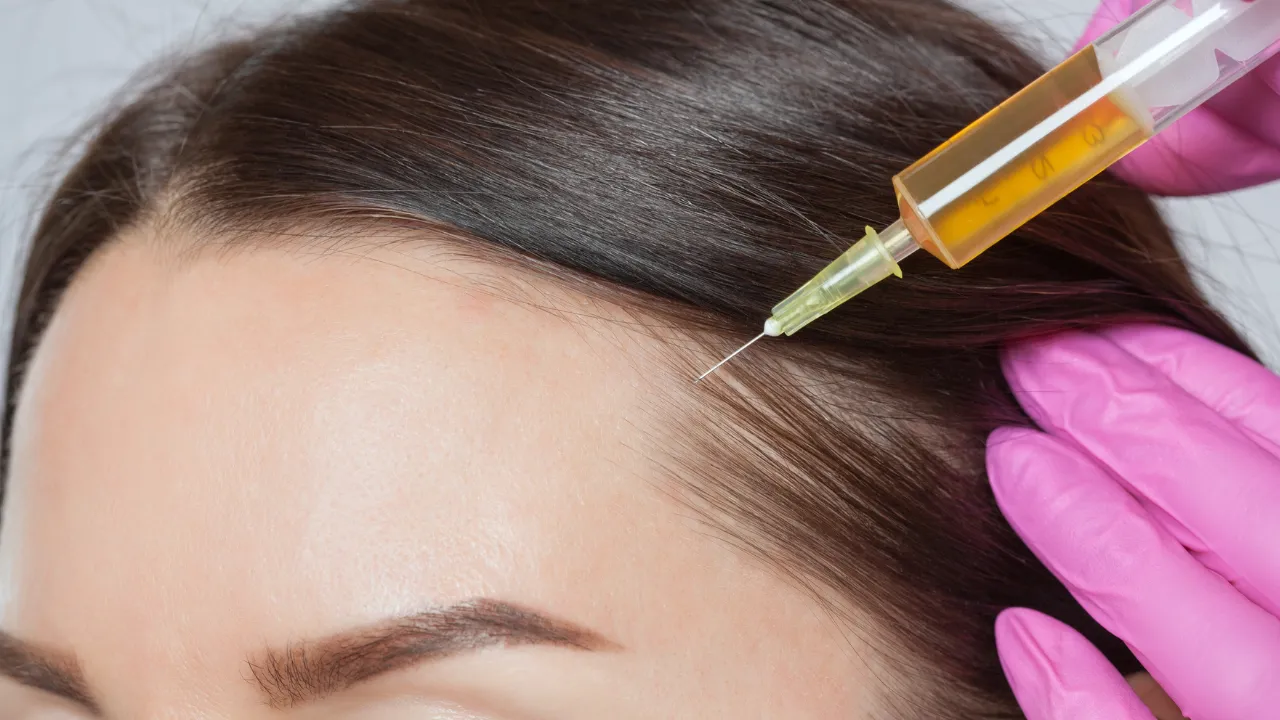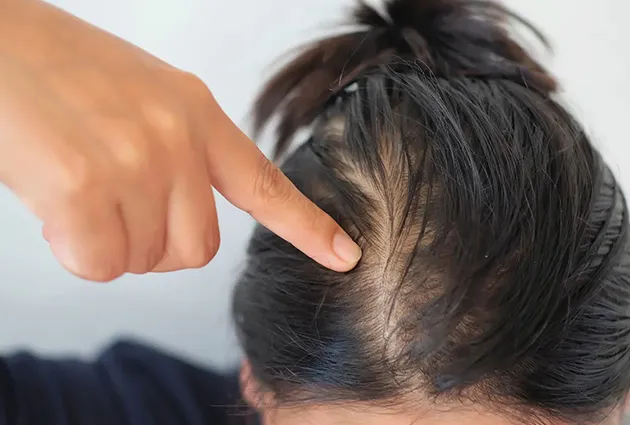Table of Contents
ToggleHair restoration has evolved tremendously, offering more effective and natural-looking solutions for individuals dealing with hair loss. One of the most innovative methods today is the DHI hair transplant. This approach is revolutionary and provides precise, minimally invasive results.
In this guide, we will cover all you need to know about DHI hair transplantation. We will compare it with other methods, discuss DHI hair cost, and share expected results.
What Is DHI Hair Transplantation?
Direct Hair Implantation (DHI) is a modern hair transplant method. It uses a special tool called the Choi Implanter Pen. This tool helps to extract and directly implant hair follicles. Unlike traditional FUE procedures, DHI skips the step of creating recipient sites, allowing for faster, more accurate follicle placement.
Key Benefits of DHI:
- Minimized Scarring: Since we make no incisions, you will find scarring virtually invisible.
- Natural results: Our specialists implant each follicle at the perfect angle and direction for seamless integration with existing hair.
- Quicker Recovery: Patients often resume normal activities within days of the procedure.
Learn more about the DHI hair transplant NYC guide for detailed information on the process, recovery, and results.
DHI Hair Transplant Before and After
Patients often share glowing testimonials, showcasing restored confidence and youthful hairlines.
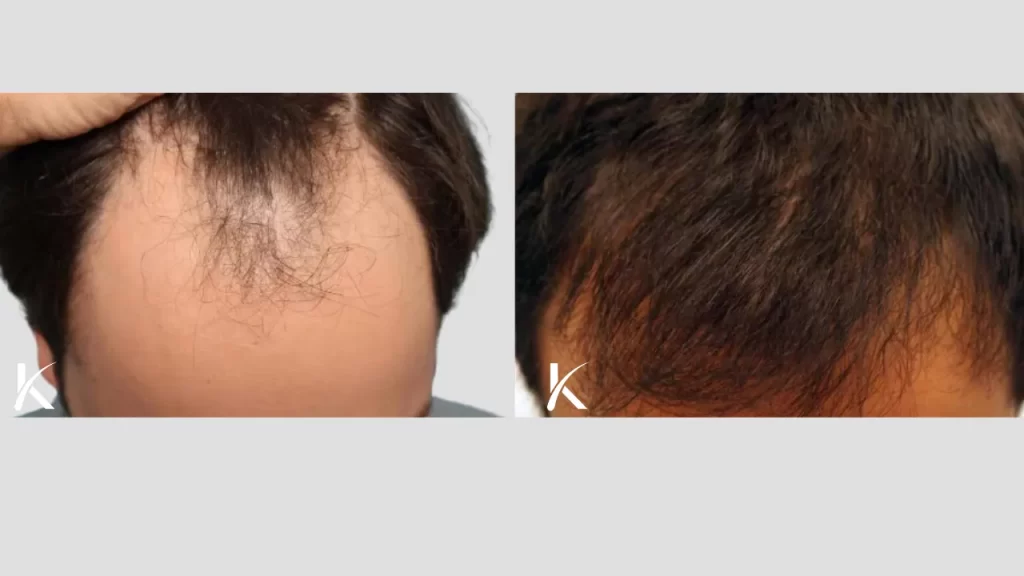
Patient aimed to increase hair density on the crown. Photos taken before and nine months after 2,200 grafts.
How Does DHI Compare to FUE and FUT?
When considering hair transplant methods, understanding the differences between DHI (AKA direct hair transplant), FUE, and FUT is crucial. Here’s a breakdown:
DHI vs. FUE
- Extraction Method: Both DHI and FUE involve harvesting follicles from the donor area, minimizing damage to surrounding tissue.
- Implantation Process: DHI uses the Choi Implanter Pen for direct placement. FUE needs to create recipient sites first.
- Precision: DHI offers greater control over the angle, depth, and direction of implantation.
DHI vs. FUT
- FUT (Follicular Unit Transplantation) involves removing a strip of scalp, resulting in a linear scar.
- DHI is less invasive, offering a scar-free alternative for patients seeking discreet results.
Which Hair Restoration Technique Is Best?
Choosing between these hair transplantation techniques depends on your specific needs. FUE hair transplants and FUT work well for larger areas. However, DHI is better for precision and density in smaller areas, like the hairline.
The DHI Hair Transplant Procedure: What to Expect
Step 1: Consultation and Planning
During the initial consultation, your surgeon assesses your amount of hair loss and determines the number of haired grafts required. They’ll also design a natural-looking hairline tailored to your face.
Step 2: Extraction
Using a fine micro-punch tool, hair follicles are extracted individually from the donor area. This process minimizes trauma and ensures high graft survival rates.
Step 3: Implantation
The extracted follicles are loaded into the Choi Implanter Pen and directly placed into the balding areas without prior incisions.
Step 4: Recovery and Aftercare
Post-procedure, patients receive detailed care instructions to ensure optimal hair growth and minimize complications. Most patients notice new hair within three months, with full results appearing after 12 months.
Who Is a Good Candidate for DHI?
DHI is suitable for most individuals experiencing hair loss, especially those looking for natural, dense results. Ideal candidates include:
- People with localized baldness or thinning areas.
- Those with sufficient donor hair for transplant.
- Patients seeking a minimally invasive procedure.
Pro Tip:
If you’re unsure whether DHI is right for you, consult an experienced clinic to evaluate your suitability.
Benefits and Potential Drawbacks of DHI
Advantages
- Natural Appearance: Precise placement ensures seamless results.
- Faster Recovery: Patients often resume normal activities within a week.
- High Graft Survival Rate: The use of the Choi Implanter Pen reduces trauma to the follicles.
Drawbacks
- Cost: DHI is generally more expensive than traditional methods like FUT or FUE.
- Time-Intensive: The procedure can take longer due to the meticulous implantation process.
- Skill-Dependent: Results vary based on the surgeon’s expertise.
DHI Hair Transplant Cost
The cost of a DHI transplant varies depending on several factors, including:
- The number of grafts required.
- The clinic’s location and reputation.
- Additional services, such as aftercare packages.
Typical Hair Transplant Price Range:
$15,000–$25,000, depending on the above factors. Although more expensive than FUE procedures, many patients find the investment worthwhile due to the exceptional results.
Some alternatives to hair transplant include:
Results: What to Expect After DHI
Timeline for Hair Growth
- 3 Months: Initial signs of new hair.
- 6 Months: Significant improvement in density.
- 12 Months: Full results with thicker, healthier hair.
Why Choose Kopelman Hair for Your DHI Transplant
At Kopelman Hair, we combine cutting-edge technology with personalized care to deliver exceptional results. Our team specializes in hair transplant surgeries, ensuring each patient receives the best possible experience.
DHI represents the pinnacle of hair restoration techniques, offering unmatched precision and natural results. Whether you’re struggling with thinning hair or looking to restore your hairline, DHI could be the solution you’ve been searching for. By choosing an experienced clinic like Kopelman Hair, you can confidently take the next step toward reclaiming your confidence.
DHI Hair Transplants FAQs
Is DHI More Effective Than FUE?
DHI provides better precision and density, making it ideal for smaller areas. However, FUE and FUT techniques may be more suitable for larger transplants.
What Are the Risks of DHI?
When performed by skilled surgeons, risks are minimal. Possible side effects include temporary swelling or redness.
How Long Do Results Last?
DHI results are permanent, provided you maintain a healthy lifestyle and follow post-procedure care instructions.


